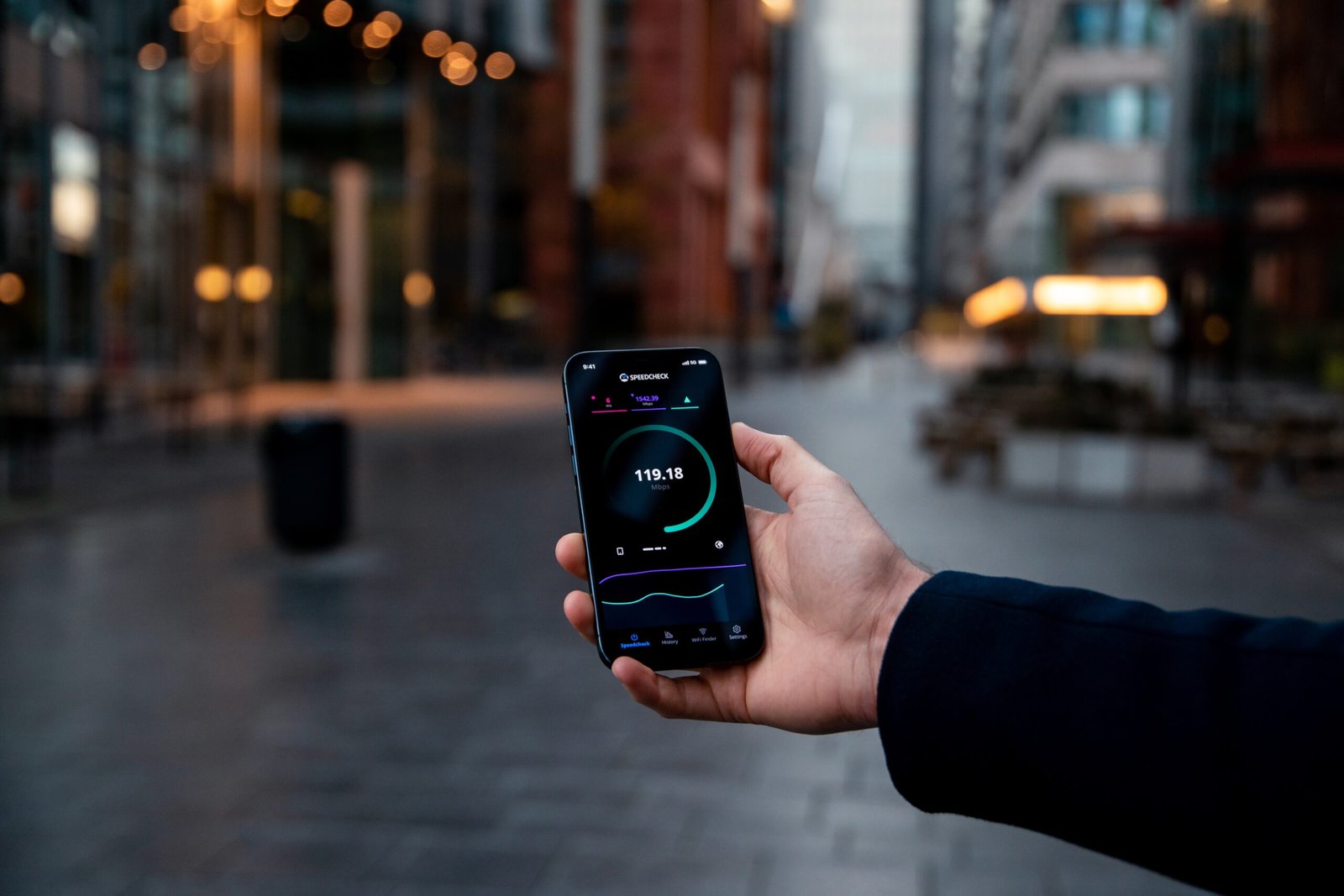In the world of the Internet of Things, or IoT for short, all devices are interconnected and able to exchange data. This means that not only do you have devices in your home that are monitoring things like your temperature, but you also have sensors throughout your office, manufacturing plants, and even in your cars. In this article, we will explore just what IoT is and why it is such a important technology.
What is the Internet of Things?
The Internet of Things (IoT) is a network of devices that are interconnected to exchange data. IoT enables machines and devices to communicate with each other to collect and share data. This allows for the analysis of large amounts of data in order to improve efficiency, safety, and productivity.
The Advantages of the Internet of Things
The advantages of the Internet of Things are obvious. Everything is connected, so users can access data and resources from anywhere. This means businesses can get a better understanding of their customers’ needs and track trends more easily. It also allows for more efficient manufacturing and deliveries, as well as better monitoring of critical systems.
One of the biggest benefits of the IoT is that it makes our lives easier. For example, we can remotely control our devices from our smartphones, so we don’t have to waste time fiddling with them. This also cuts down on energy consumption, since we no longer have to turn on devices when we enter a room. We can also use the IoT to monitor our health and track our activities, which can help us to live healthier lives.
As the IoT continues to grow in popularity, there are bound to be even more amazing benefits. We can only wait to see what new innovations are developed in this area!
How to Start Building Your IoT Strategy
Building an effective IoT strategy starts with understanding your business goals. What are you trying to achieve with connected devices and sensors?
Next, consider how IoT will help you achieve your goals. For example, a manufacturer of agricultural machinery could use IoT to improve crop yields. A retailer could use IoT to track inventory levels and optimize stock levels to save on costs.
Once you have determined the benefits of IoT for your business, it’s time to figure out how to bring it all together. You need a plan for connecting devices and sensors, as well as developing protocols and standards. You also need to make sure that you have the resources necessary to implement an IoT strategy, including expertise in data analytics, software development, and networking.
The Bottom Line: Building an effective IoT strategy starts with understanding your business goals and determining how IoT will help you achieve them. Then, create a plan for connecting devices and sensors, as well as develop protocols and standards. Finally, make sure you have the resources needed to implement an IoT strategy
What are the Different Types of IoT Technology?
There are many different types of IoT technology, each with its own advantages and disadvantages. Here are three of the most common types:
1. Mobile devices:Smartphones, tablets, and other mobile devices are perfect for handling small amounts of data, making them great for monitoring things like traffic conditions or sensor readings. However, they’re not very good at handling large amounts of data or coordinating multiple devices.
2. Sensors: sensors can be placed anywhere in an environment and used to gather information about conditions such as temperature, air pressure, or water levels. They’re often equipped with sensors that allow them to be connected to the internet so that data can be gathered and analyzed remotely.
3. Connected devices: these are any devices that are connected to the internet in some way, whether through a wired connection or via a wireless network. This includes everything from microwaves to security cameras to cars.
How to Deploy an IoT Solution
Building an IoT solution is not as difficult as one might think. Once the basic foundations are in place, deploying a well-functioning IoT solution is relatively straightforward. In this blog post, we will outline the key steps required to get started with deploying an IoT solution.
1. Define Your Goals
Before you can begin deploying an IoT solution, you first need to define your goals. What are you hoping to achieve? What do you want to learn from your data? Once you have a clear understanding of your objectives. It will be much easier to select the right technologies and implement them in the right way.
2. Choose Your Technology Stack
When choosing technology for your IoT solution, it is important to choose something that is both robust and affordable. The technology stack you choose should support your overall goals and enable you to collect the data you need.
3. Plan Your Implementation
Once you have chosen your technology stack and defined your goals, it is time to plan your implementation. You will need to determine how many devices you will need to collect data from. Where they will be located, and what type of data each device will capture. You also need to consider security Issues and how
Conclusion
As we continue to move into the “Internet of Things,” it’s important that we’re aware of the immense security and privacy implications this will have. With everything from our cars to our appliances now being connected, businesses and individuals need to be proactive in protecting their data. There are a variety of measures you can take to protect yourself, including using strong passwords and signing up for notifications about suspicious activity. Make sure you stay ahead of the curve by learning as much as you can about Internet of Things security!


















